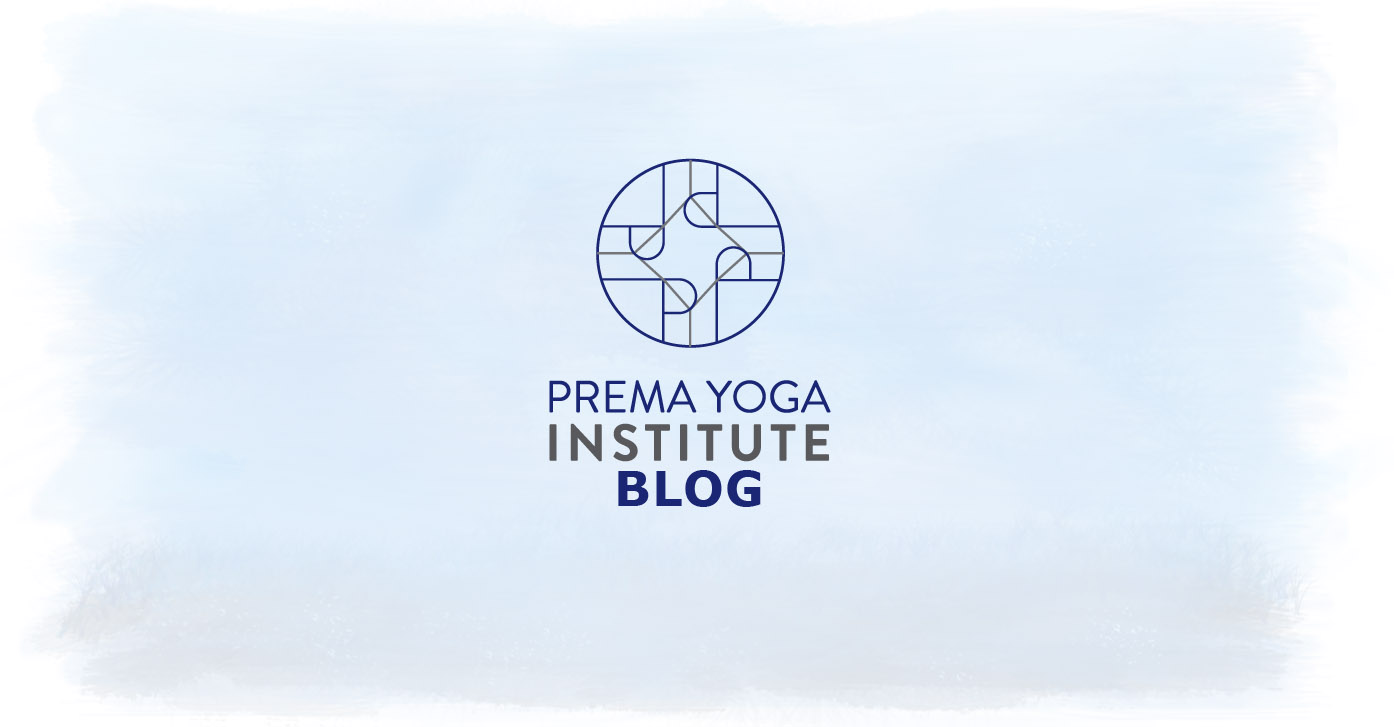
The Power of Sound Yoga & Sound Healing: A Comprehensive Guide
In the quest for holistic wellness, the ancient wisdom of sound healing has gained remarkable traction, especially in the realms of yoga therapy. The idea that “By His utterance came the universe,” as stated in the Bṛhadāraṇyaka Upaniṣad around 700 BCE, underscores the profound impact of sound on the cosmos and human existence.
The Universal Language of Sound
The concept of the universe originating from sound is not unique to one tradition. Shaivism teaches that the universe began with the sound अ, a primal note in Sanskrit associated with Shiva. Similarly, in Jewish mysticism’s Sefer Yetzirah, creation is depicted as a process initiated through letters, akin to sounds. This notion parallels the scientific perspective of the “Big Bang,” suggesting a sound at the universe’s inception. In Abrahamic traditions, sound plays a pivotal role in creation narratives, with the divine command “Let there be light” bringing forth existence.
Albert Einstein’s theory that all matter breaks down into energy, vibrating constantly, further supports this idea. As particle physicist Don Lincoln notes, “the thing that we visualize as a particle is just a localized vibration of that field.” This insight into the nature of sound as organized vibration reveals its potential to influence matter.
The Philosophical Foundations
Samkhya philosophy concurs with the idea that the universe is a manifestation of sound, or vak. This sound relates to ether or space (आकाश ākāśa), the most subtle of the five elements. The path of creation in yogic theory moves from the subtle (ether) to the gross (physical elements), corresponding to the chakras in Tantra and doshas in Āyurveda.
The Science of Sound in Yoga and Therapy
Sound’s dual nature to heal and harm is significant in yoga and therapy. It can organize neural activity and positively stimulate our bodies, reducing stress and boosting immunity. Conversely, it can increase blood pressure and disturb sleep. The principle of entrainment, discovered by Christian Huygens, demonstrates how external rhythms, like music, can synchronize and modify our internal states, such as brain waves and emotions.
Entrainment explains how certain sounds and rhythms can change brain waves.
Sensing and Responding to Sound
Sound begins to impact us even before birth. Fetuses respond to external sounds and distinguish between novel and familiar ones, a precursor to learning. The mechanics of hearing are complex, involving the transmission of sound waves through the ear to the brain, where they’re processed in various regions responsible for different aspects of auditory perception.
Dr. Tomatis, an influential figure in psychoacoustics, highlighted that sounds fuel our brain, with high-frequency sounds being particularly effective. He also discovered the role of bone conduction in hearing and the stimulation of the vestibular system, which affects our sense of balance and spatial orientation.
The Therapeutic Power of Sound
The concept of Nitric Oxide (NO) in our bodies, a gas molecule crucial to our organ systems, illustrates the physiological impact of sound. Stress reduces NO production, while its release induces relaxation. Humming, for instance, significantly increases nasal NO, demonstrating the physical benefits of sound practices.
Sound Healing in Practice
The foundation of sound healing lies in the belief that everything, including our body and energetic centers, has a unique resonance. When parts of our body are unwell or stressed, they fall out of their optimal vibrational state. Sound healing employs sympathetic vibrations to realign our body to its natural, harmonious state.
This idea is not new; it has roots in various traditions such as the Hindu/Nada yoga and the Greek practice of using music for emotional and psychic healing. Modern scientific research supports the healing capacity of sound and music, further validating its use in various therapeutic contexts, including sound yoga and yoga therapy.
Sound Yoga Therapy: A Path to Wellness
In the realm of yoga accreditation and yoga teacher training, the inclusion of sound yoga therapy and sound meditation is increasingly prevalent. These practices integrate the transformative power of sound into the yogic journey, offering a path to holistic wellness that resonates with our very essence.
Through sound yoga therapy and sound meditation, practitioners can experience profound shifts in their physical, mental, and emotional states. As they harmonize their inner vibrations with the external world, they embark on a journey of self-discovery and healing that transcends conventional yoga practices.
Final Thoughts
Sound yoga and sound healing represent a fusion of ancient wisdom and modern scientific understanding, offering powerful tools for transformation and healing. As we continue to explore these practices, we uncover the immense potential of sound to harmonize our inner and outer worlds, leading us toward a deeper sense of wellness and unity with the universe.
Interested in sound yoga, sound healing and in learning how to incorporate sound into your yoga practice or profession? Join Jessica Caplan, Dana Slamp and more this spring – live and online – for Sound Yoga Therapy. CE’s with Yoga Alliance and credit towards our Yoga Therapy Certification. Call us at Prema Yoga Institute and advance your yoga teaching career today!
The Science of Sound Yoga and Sound Healing: An Exploration into the Power of Sound
The world of sound yoga and sound healing, encompassing practices like sound meditation and sound yoga therapy, offers a fascinating glimpse into the intersection of ancient wisdom and modern science. This field, integral to yoga teacher training, leverages the power of sound to both heal and harm. Understanding this dual nature of sound is critical for anyone pursuing teaching yoga or yoga accreditation.
The Dual Nature of Sound
Sound possesses the remarkable ability to organize neural activity and positively stimulate our bodies. It can boost endorphins, lower blood pressure, reduce stress hormones, and even increase levels of immune-cell messenger molecules that help regulate the activity of other immune cells. This aspect of sound contributes significantly to re-balancing our emotions.
Conversely, sound also has the potential to negatively impact our well-being. It can increase blood pressure, disturb digestion, raise our breathing rate, and interfere with sleep. This dichotomy underscores the importance of understanding and harnessing sound in therapeutic contexts, particularly in sound yoga therapy.
Entrainment and Resonance: The Foundations of Sound Healing
Entrainment, a concept discovered by Dutch scientist Christian Huygens, involves modifying brain waves, breath, movement, emotion, or thoughts by matching the rhythm of an external stimulus like sound or music.
For instance, slow music can entrain your pulse to a slower rate, while chaotic sounds can heighten emotional tension. This phenomenon is pivotal in sound yoga, where specific sounds and rhythms are used to positively alter brain waves.
Entrainment explains how certain sounds and rhythms can change brain waves.
Resonance, originating from the Latin verb “resonare,” refers to the change in an object’s vibratory rate in response to external vibrations. This concept is a cornerstone in sound meditation and sound yoga therapy, highlighting our natural tendency to seek resonance from early life stages.
Sensing Sound: From Womb to World
Our journey as vibration-sensing beings begins in the womb. The development of ears as the first sense organ and the fetus’s ability to process sound during the second trimester are pivotal in our early interactions with sound. Alfred Tomatis, a pioneer in psychoacoustics, revealed that fetuses can differentiate between novel and familiar sounds, indicating the beginnings of learning through sound.
The mechanics of hearing involve a complex process where sound waves travel through the ear, causing various reactions that eventually translate into sound in our brains. This process is integral to understanding how sound therapy impacts us.
Beyond Hearing: Bone Conduction and the Vagus Nerve
Dr. Tomatis’s research extended beyond traditional hearing to bone conduction, demonstrating that we also hear through vibrations in our bones. This finding is particularly relevant in Sound Yoga Therapy, where the singing voice and certain instruments can stimulate the vestibular system, impacting balance and spatial awareness.
Furthermore, the ear’s connection to every body organ through the vagus nerve reveals how sound can influence our entire body. Stimulating the vagus nerve with soothing sound can induce a state of calm throughout the body, a principle leveraged in sound healing practices.
The Role of Nitric Oxide in Sound Healing
Nitric Oxide (NO) plays a crucial role in our body’s response to sound. This gas molecule, vital for the healthy function of all organ systems, is rhythmically released into tissues. Stress reduces NO production, triggering a sympathetic response. Conversely, increased NO production fosters a parasympathetic state, leading to relaxation. Intriguingly, simple actions like humming can significantly increase nasal NO production, highlighting the power of sound in physiological processes.
The Bottom Line
The science of sound yoga, sound baths and sound healing present a compelling blend of ancient practices and modern scientific understanding. As we delve deeper into yoga teacher training and yoga therapy online training, incorporating sound meditation and sound yoga therapy becomes increasingly relevant. By harnessing the power of sound, we can positively impact our physical, emotional, and mental well-being, making this an exciting and evolving field in holistic health and wellness.
Interested in sound yoga, sound healing and in learning how to incorporate sound into your yoga practice or profession? Join Jessica Caplan, Dana Slamp and more this spring – live and online – for Sound Yoga Therapy. CE’s with Yoga Alliance and credit towards our Yoga Therapy Certification. Call us at Prema Yoga Institute and advance your yoga teaching career today!
What does Pride mean to me?
As a little boy growing up, my family would always encourage me to be my most authentic self as long as I wasn’t being hurtful to others.
As a little boy growing up, my family would always encourage me to be my most authentic self as long as I wasn’t being hurtful to others. Looking back on my upbringing, I see it meant that I was able to be friendly, curious, unafraid, loving, expressive, creative, open and adventurous. It meant that I was able to self define, it meant that I was able to show the world who I was.
Later on, outside of my home and my family, other people and forces tried to define me. To this moment outside forces are still trying to define me. However, because my foundation was so strong, I know fundamentally that the most important defining voice in my life will always be my own.
Pride means being able to show who you are, without fear, to be able to stand in the light of your truth (Satya), and to know that being your most authentic self, without hurting others, is one of the greatest gifts you can share with the world. Working in the world of therapeutic yoga, I would like to inspire pride in my clients and colleagues because this kind of pride, this freedom, honesty, and self-love practice, can only make you stronger, physically, mentally, emotionally and spiritually. Practice Pride! Happy Pride!
Dorian Shorts
E-RYT 500
YACEP
Yoga Therapist Candidate
DorianShorts.com














